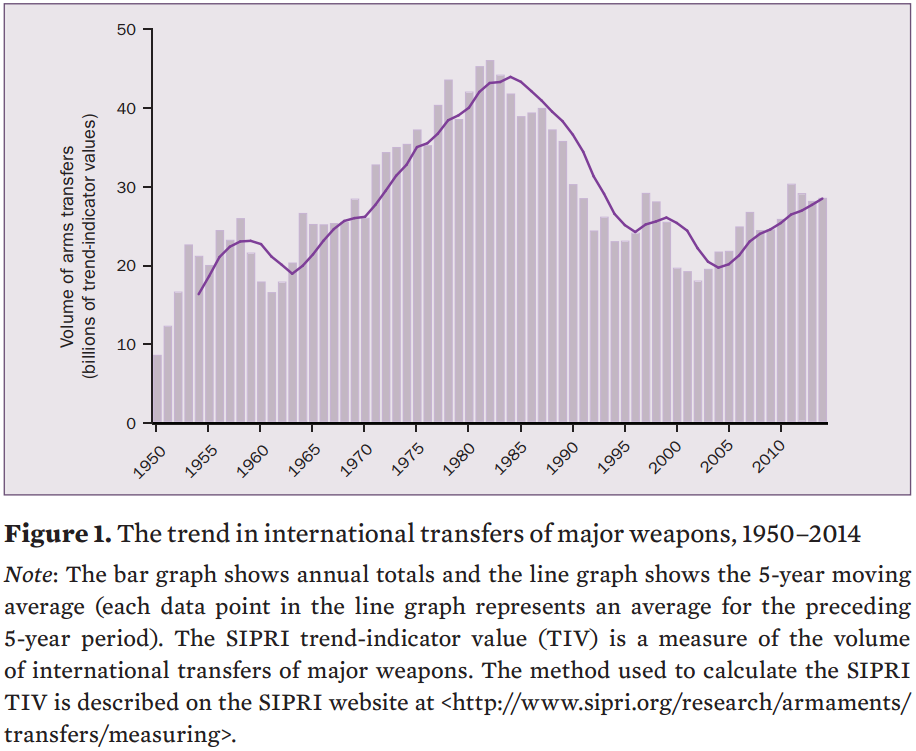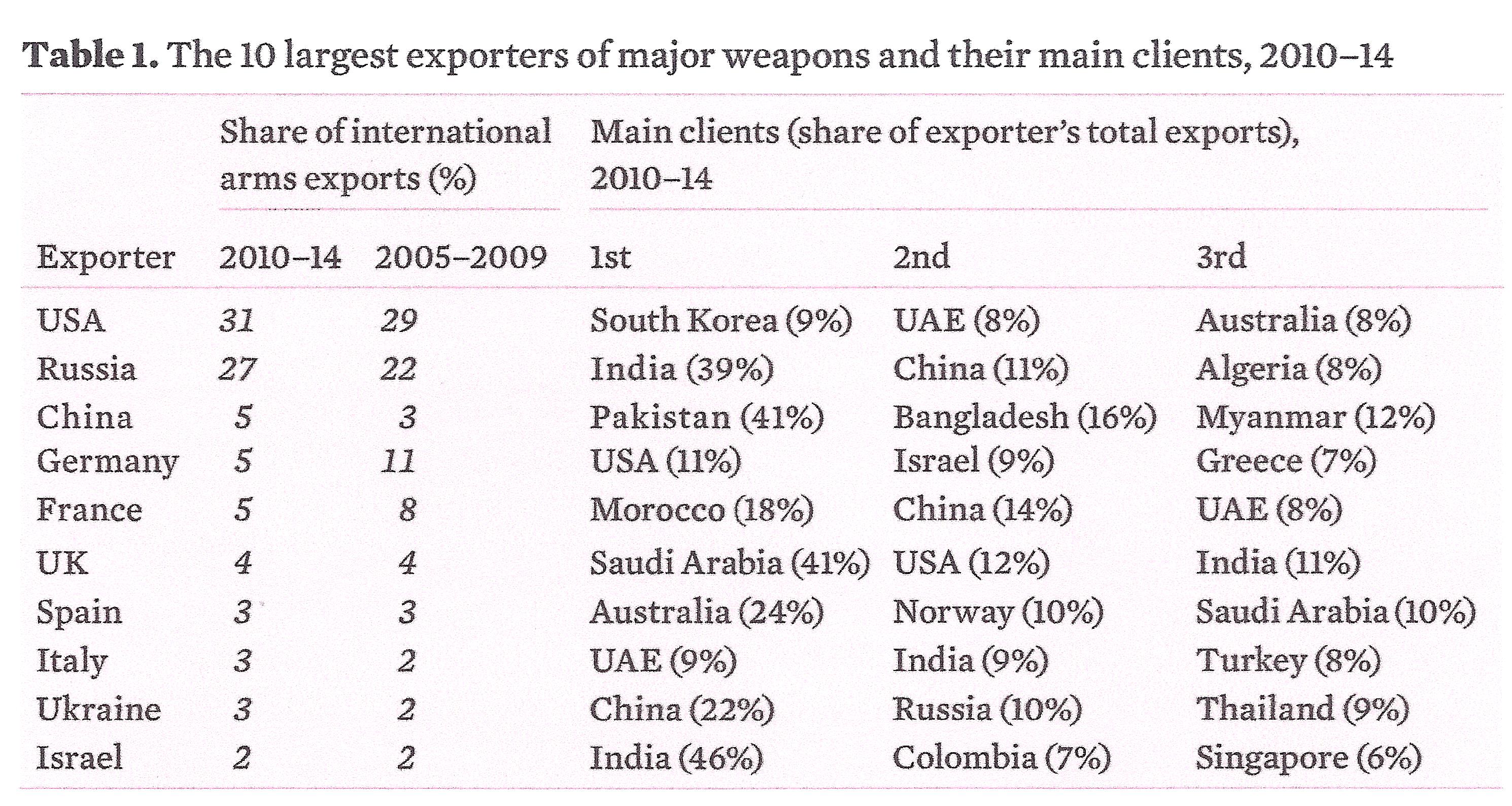How did money become so important in our political system? How does it corrupt politicians? What can we do?
I’m considering the comment, “because money has become so important in our political system far too many politicians, at all levels of government, are corrupt” on the first post in this series.
State resources seem first to have been traded in an organized way by President Andrew Jackson. Appointees after his 1828 election had to contribute part of their pay to his political machine. By the 1850s political operatives were getting donations by threatening corporations with hostile legislation. In the 1860s, parties were getting donations from very wealthy individuals like the Astors as well as mandatory contributions of part of the pay of federal employees.
The first federal campaign finance law was the 1867 Naval Appropriations Bill which prohibited soliciting contributions from Navy yard workers.
After political appointments were largely replaced by a permanent civil service in 1883 and the parties lost that important source of funding, they relied more on corporate and individual donations. Vote buying became common and some donations were big enough to imply great rewards. One Ulysses S. Grant supporter contributed a quarter of his entire campaign expenses in 1872.
Fund-raising was systematized for the 1896 election of President McKinley. Banks were assessed by his campaign at 0.25% of their capital, corporations on profitability. Business owners were happy to contribute to defeat McKinley’s populist rival, William Jennings Bryan.
Public outcry prompted McKinley’s successor, Teddy Roosevelt, to oppose corporate influence but he was suspected in his 1904 campaign of promising an ambassadorial nomination to a large contributor. He then proposed, “contributions by corporations to any political committee or for any political purpose should be forbidden by law” but with no restriction on contributions from owners of corporations.
The 1907 Tilman Act prohibited corporations and interstate banks from making direct financial contributions to federal candidates but it was not enforced. Disclosure and spending rules for House and Senate candidates in 1910, contribution limits in the 1925 Federal Corrupt Practices Act, an annual ceiling of $3M for political party spending and $5K for contributions in the 1939 Hatch Act, and extension of the Tilman rules to unions by the 1947 Taft-Hartley Act were all easily circumvented.
The 1971 Federal Election Campaign Act required broad disclosure of campaign finance and 1974 amendments established a central enforcement agency, the Federal Election Commission, as well as limits on contributions and spending but a 1976 Supreme Court decision struck down limits on spending as violations of free speech.
Further legislation was defeated until 2002 when the Bipartisan Campaign Reform Act sought to limit spending by large enterprises and wealthy individuals. An Act proposed in 2010 to prohibit foreign agents and government contractors from election spending and require the sponsor of all political advertising to be disclosed was defeated.
The constitutionality of limits on election financing continues to be contested. The US Supreme court ruled in 2010 that corporations and unions can not be prohibited from promoting the election of a candidate, which a Washington Post-ABC News poll found 80% of Americans oppose (Democrats 85%, Republicans 76%, independents 81%).
Should we expect a Constitutional amendment about campaign finance since four of five Americans oppose the Supreme Court ruling? That depends on whether big spenders have enough control over who gets elected to defeat such an amendment.
Do big spenders have enough control? How much money are we talking about? Total spending on the 2008 federal election was $5.3B, of which $2.4B was on the presidential race alone. Obama spent $730M and McCain $333M. Obama’s top contributors included Goldman-Sachs $1,034K, JPMorgan Chase $848K, Citigroup $755K and Morgan Stanley $528K.
Spending on the 2010 midterm federal election totaled $3.6B with the average winner of a seat in the House spending $1.4M and in the Senate $9.8M.
Where does the money come from? In 2010 roughly half came from large individual contributors. Senate Republicans got only 42% from that contingent but were 20% self-financed. The total from candidates’ own resources and large individual contributors ranged from 50% for House Democrats and 60% House Republicans, to 65% Senate Democrats and 62% Senate Republicans.
|
Small Individual Contributors |
Large Individual Contributors |
Political Action Committees |
Self-Financing |
Other |
| House Democrats |
9% |
47% |
38% |
3% |
3% |
| House Republicans |
14% |
48% |
24% |
12% |
3% |
| Senate Democrats |
12% |
53% |
15% |
12% |
8% |
| Senate Republicans |
18% |
42% |
12% |
20% |
8% |
That makes campaign finance regulations extremely hard to change — half to two thirds of contributions are from very wealthy individuals and the cost to get elected is so great that those contributions are essential.
But is this corruption? Politicians no longer directly pay for votes. They pay for advertizing which, to be successful, depends on branding. That means positioning a candidate as the only one with a solution to issues that represent voters’ every distress.
Since branding is largely impervious to facts it encourages ignorance, which is why people may vote for candidates opposed to their interests, but disturbing as that is, the great corruption is more subtle.
President Obama’s campaign was given very large contributions by Goldman Sachs and other “too-big-to-fail” banks. Faced by our financial system’s meltdown, he would of course listen to executives of those banks. We need not imagine he felt any obligation nor that they recognized their counsel to be self-serving. Their experience led to their diagnosis and recommended solution.
All whose opinions were available to Obama came from essentially the same world, the world of finance. All therefore saw the overwhelming need to save the TBTF banks. As a side-effect, not necessarily something front of mind, that would also happen to restore their own wealth.
Of course, some politicians are corrupt. Moral degeneracy may not be more common among politicians than in other fields, but politicians are immersed in temptation. They are subject to constant, insidious and great pressure from the very wealthy.
So what should those who are not wealthy do? This is not like working to enfranchise those who could not vote because of gender, ethnicity or lack of property. There will be no end to the excessive impact of wealth at the center because power is inherently at the center, power is the source of wealth and wealth therefore inevitably flows toward the center.
Corruption can not be ended once and for all like not having the vote. Working to get representatives for all of society is more like breathing, something we cannot stop if we want to remain alive.

![Air_and_Space_MajGenMcDew [Compatibility Mode]](http://martinsidwell.com/wp-content/uploads/2013/01/Air_and_Space_MajGenMcDew-Compatibility-Mode.jpg)















